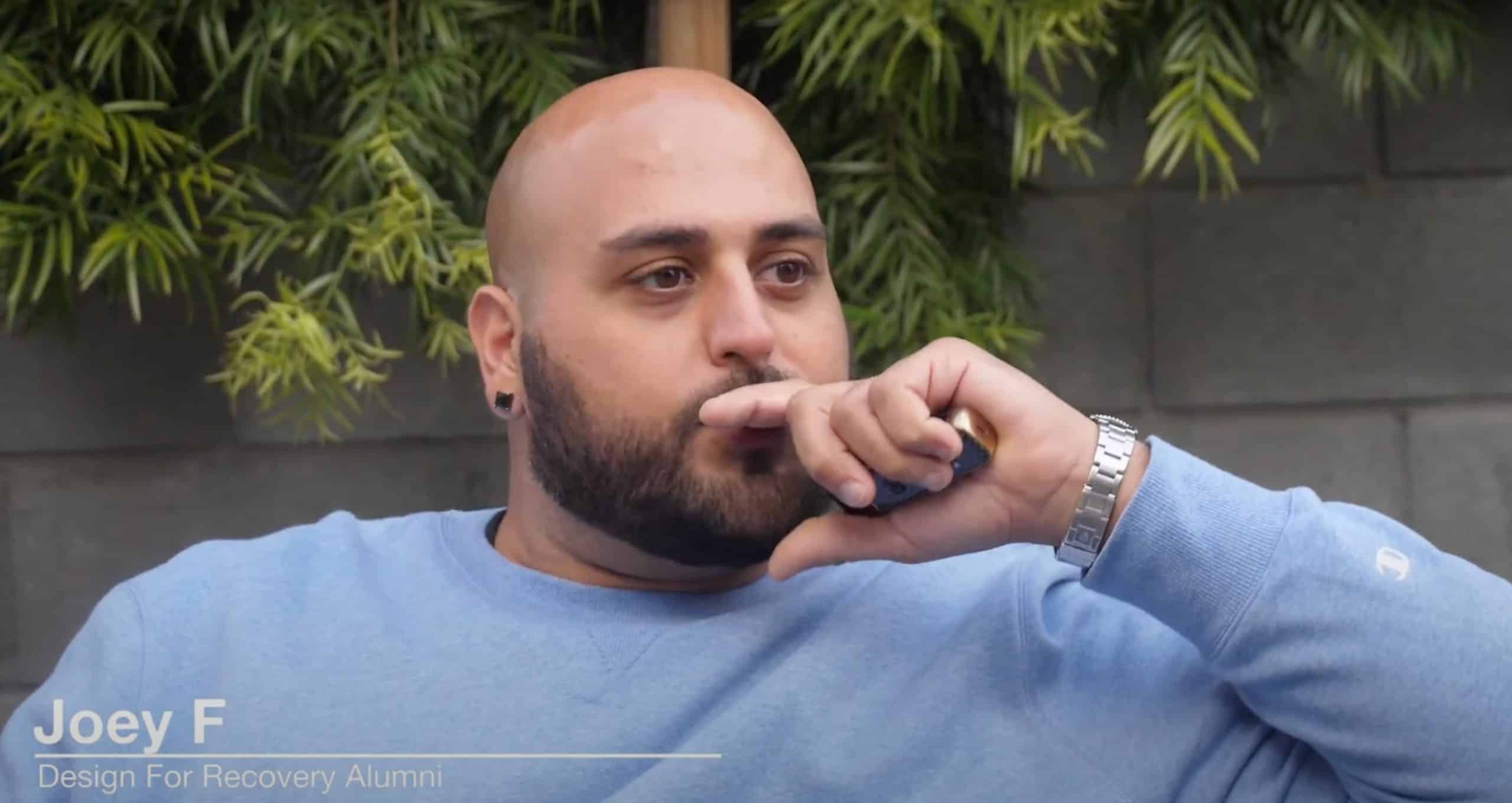On This Page:
What Happens When You Combine Ambien and Alcohol?
What is Ambien?
Ambien is actually the brand name for a drug called zolpidem. Zolpidem is sold under many brand names, including Ambien, Edluar, Intermezzo, Dactive, Zolnox, Sanval, Semi-Nax, Flazinil, Belbien, and countless others. For the purposes of this article, we’ll be using the terms Ambien and zolpidem interchangeably, since Ambien is by far the most famous brand name representing this drug.
So what does Ambien actually do? Ambien is a sedative that is commonly prescribed to treat sleep problems, primarily insomnia. This hypnotic drug alters brain chemicals and calms the central nervous system. By inhibiting central nervous system activity, Ambien produces the ideal calm state of sleep. Studies show that it can speed up the onset of sleep by approximately 15 minutes, and larger doses can speed up sleep onset even more, as well as help people stay asleep without waking up in the middle of the night. With 10% to 30% of the world suffering from some degree of insomnia, it is no surprise than Ambien is a popular drug.
However, Ambien is not meant to be taken over a long period of time. This is because Ambien tablets, which are sometimes known as “zombie pills,” can lead to physical dependence after a short period of time, often as quickly as only two weeks of usage. Individuals who form a tolerance on Ambien will find their zolpidem tablets becoming gradually less effective. In order to obtain the effects they seek, it is necessary for them to increase their dosage. Even at low doses, Ambien tablets can dramatically impair a person’s ability to perform normal tasks, such as driving or holding a conversation. At higher doses, Ambien pills really do turn people into “zombies.” They risk severe psychological and physical harm, as well as the possibility of a life threatening overdose.
Using Alcohol to Get to Sleep
The vast majority of individuals who suffer from insomnia receive no treatment whatsoever. In fact, they are likely to find their own solutions to the problem. For many, alcohol is the most obvious form of self-medication. This legal and widely available drug is, like Ambien, a central nervous system depressant and can induce feelings of relaxation and sleepiness. At first, alcohol might indeed work to help people sleep. However, it is important to note that this is an illusion. Alcohol use is actually linked to poor sleep quality and duration. While alcohol may help people fall asleep, people who drink alcohol to get to sleep are likely to wake up in the middle of the night — often with a hangover!
Like Ambien, alcohol also rapidly leads to physical dependence and tolerance. Once a person becomes accustomed to using alcohol to get to sleep, they will quickly find that they are unable to get to sleep at all without it. Moreover, growing tolerance will mean that they will require higher and higher doses of alcohol in order to fall asleep. Eventually, the side effects of alcohol abuse generally extend to other areas of life. Alcohol addiction can negatively impact work, school, relationships, finances, and even lead to dangerous accidents and health problems.
Side Effects of Mixing Ambien and Alcohol
Most people begin mixing Ambien and alcohol because their primary sleep aid, whether alcohol or Ambien, has begun to be less effective. They may add alcohol to their Ambien regimen or add Ambien to their drinking regimen because they believe that it will make the first drug more effective. In a way, they’re right: each drug amplifies the effects of the other one. However, such amplification is not safe. Combining alcohol and Ambien not only causes people to feel sleepy, it can make them uncoordinated and disoriented. This form of polysubstance abuse leads to a wide range of harmful physical and psychological consequences.
The side effects of mixing Ambien and alcohol include:
- Dizziness and loss of physical coordination
- Impaired judgment
- Confusion and difficulty concentrating
- Memory loss (sometimes known as “blackouts”)
- Sleepwalking
- Nausea and vomiting
- Sleep apnea (which makes sleep quality worse!)
- Uncontrollable shaking
- Hallucinations
- Slowed heartbeat
- Trouble breathing
- Delusions
- Fainting
- Collapse
- Coma
Dangers of Mixing Ambien and Alcohol
- Slurred speech
- Inability to wake up
- Pinpoint pupils
- Depressed, slowed, or stopped breathing
- Coma
- Death
Recovery is Possible at Design for Recovery
Sources
MedlinePlus. (2019, November 15). Zolpidem. https://medlineplus.gov/druginfo/meds/a693025.html.
FDA. (2008, April 23). NDA 19908 S027: Highlights of prescribing information. https://www.accessdata.fda.gov/drugsatfda_docs/label/2008/019908s027lbl.pdf.
Mattoo, S. K. (2011, November). Zolpidem withdrawal delirium. National Library of Medicine. https://www.ncbi.nlm.nih.gov/pmc/articles/PMC3229797/.
Roehrs, T., Ph.D. (2001). Sleep, Sleepiness, and Alcohol use. National Library of Medicine.https://www.ncbi.nlm.nih.gov/pmc/articles/PMC6707127/.
Share this :
Alcohol Related Resources
- A Letter to Parents of Adult Child Alcoholics and Addicts
- Alcohol and Meth
- The Side Effects of Long-Term Alcohol Abuse
- Alcohol and Ibuprofen
- Divorce and Alcohol Abuse
- Alcohol and Heroin
- Alcohol and Doxycycline
- When Does Casual Drinking Become Alcoholism?
- Alcohol and Antibiotics
- Alcohol and Amoxicillin
- Alcohol Relapse Prevention







